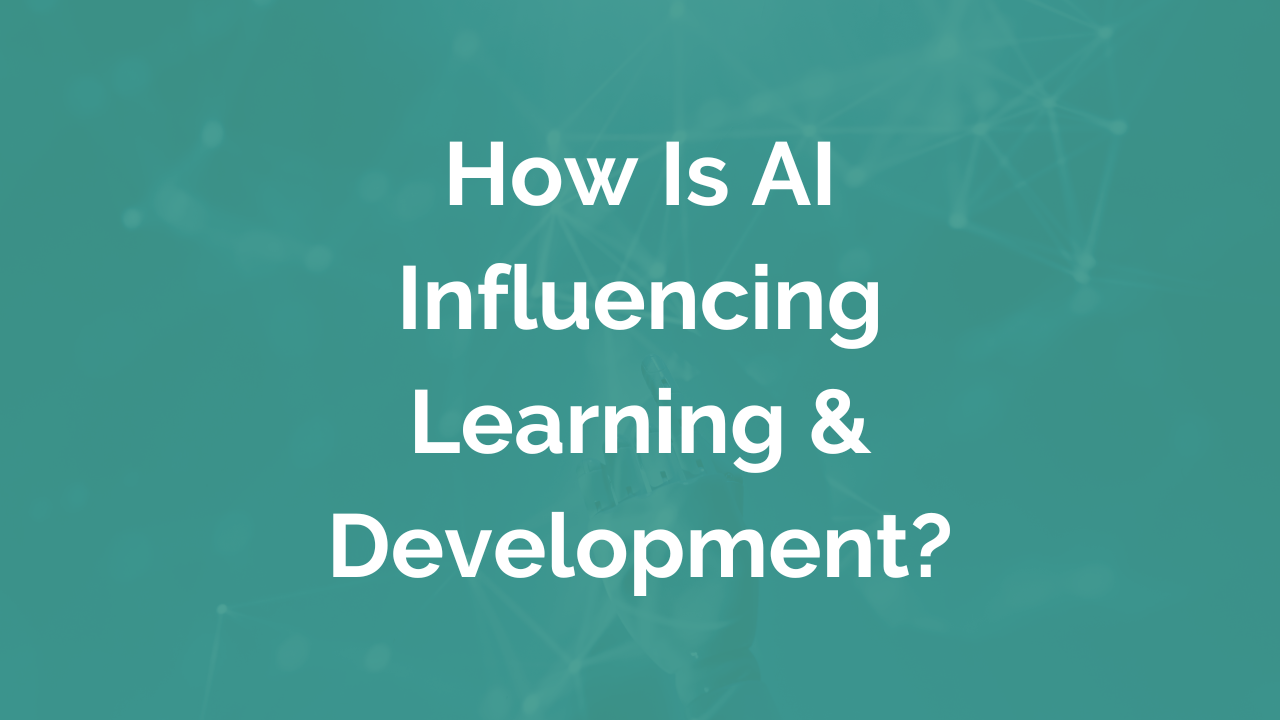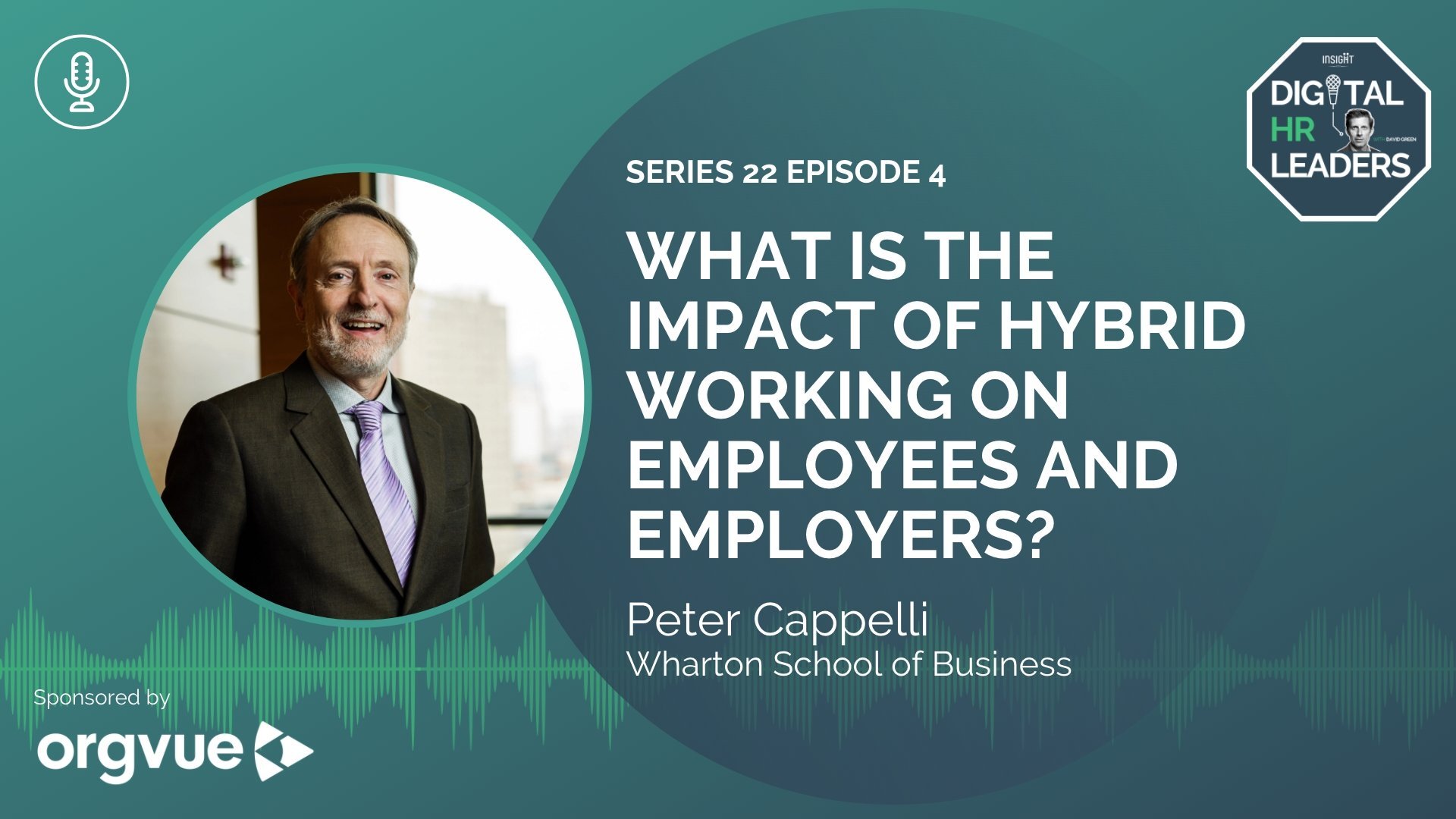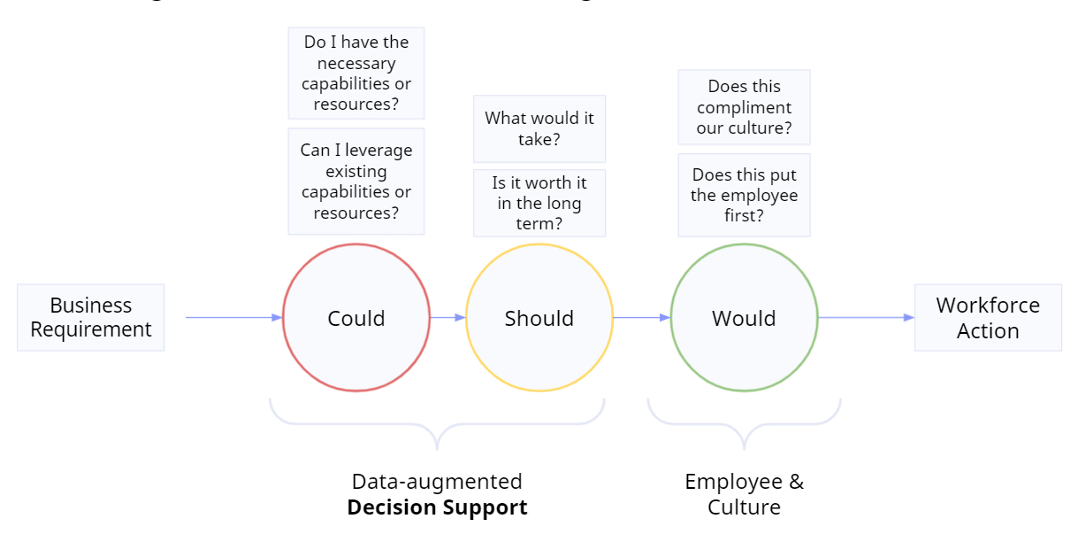How is AI Influencing Learning and Development?
AI and technology are becoming more and more intertwined with the duties of HR. With the realisation from C-suites and business leaders that HR plays a large part in business success, CHROs, HRBPS and analytic teams have a new responsibility to become more aware of recent advancements. Moreover, understanding how it improves all aspects of people management, including learning and development, is essential.
What Are the Rising Trends in Learning & Development?
As with everything in work that has changed due to the aftermath of the pandemic and the Great Resignation, learning and development trends are becoming increasingly crucial to businesses to remain competitive in the tight labour market. From this shift came four rising learning and development trends.
Learning Will Be Central to Redefining the Nature of Work
Employers experienced volatile times during the last few years as they endured shifting priorities in the wake of the virus and compensated for a labour shortage in many vital fields. To counter this, employers are discovering that learning provides means to have more agility with their talent. By redefining the nature of work and learning in their organisation, companies can address the thousands of jobs that have become obsolete and the thousands more that are emerging. Continued learning allows quicker response time to these changes and makes companies more resilient.
The Business Impact of Learning is Better Understood.
Companies are taking a more focused look at building a culture of continuous learning. They find that learning and work are firmly intertwined and expand their learning and development programs. Learning initiatives will start with close alignment with the company's goals, and the connection between learning and business value should be clear from the start. Here, there is a high likelihood of a rise in CLOs or Chief Learning Officers within organisations.
Learning Has an Impact Across the Business
Learning and development are breaking out of a vertical silo and are having an impact across the business. Not only will L&D be business-centric, but it will focus on learning that is more connected to the workforce as a whole, with development in well-being, diversity and belonging. As Gianpiero Petriglieri, Associate Professor of Organisational Behaviour at INSEAD explains
"I think if the trend continues of more uncertainty and more volatility then learning in many ways will become not just a central part of organisations, but learning will become a way of organising, a way to constantly hold onto or renew your culture and capabilities. So maybe one of the things we will do is not just asking are we well organised for learning? But are we learning in a way that makes us well-organised?"
New Focus on Remote Learning
Remote work is here to say. Companies were already shifting in that direction, but after employees everywhere got a taste of the freedoms and employers were shown that it is not only possible but profitable to continue remote work, it became a reality. So, with a more extensive staff working outside the office, skills need greater focus and learning those skills to employees is now a priority. Hence why to sustain remote learning, new technologies are becoming popular.
Aspects Where AI is Influencing Learning and Development
Many aspects of learning and development are greatly influenced and benefited by implementing AI into the process.
Learning Platforms
Learning platforms are vital as they enable online eLearning courses, including in-app experiences that support the employee through the process by providing FAQs and updates.
VR
VR creates a more engaging experience for employees and improves their learning curve with more hands-on practice.
Knowledge Sharing Software
Knowledge-sharing software allows employees to exchange internal content with co-workers on a platform accessible to everyone in the organisation.
Talent Marketplace
The talent marketplace is where the organisation posts job roles, projects and mentoring opportunities and where employees have the opportunity to promote their skillset and bid on those postings. The benefits of a talent marketplace are ones that can help you gain the competitive edge for your business and team.
These will influence the following aspects of HR:
Coaching/Mentoring
Though both are different in aspects, the main goal is similar in that its objective is to advance the employee's skills.
Coaching includes managers offering assistance or advice to their reports that help the employee improve their jobs.
Mentoring
Mentoring evolves by matching a senior associate with a junior or new hire, where they meet regularly to discuss challenges the mentee is facing and ways to address issues.
AI influences positive results by evaluating and matching the right people together. It can be used as a means for the two to continue communication, and it follows up if a large amount of time has elapsed since the two got together. AI can also offer means for managers to share helpful information.
Individualised Learning
This approach empowers the employee to take charge of their future and set their own goals for learning. This tackles the difficulty many employers face with making employees accountable for their learning.
AI assists by looking at a person's skills and the direction they wish to go and offers suggestions on what skill should be addressed. On demand, learning makes that learning more accessible for the employee to obtain so they can set their own timeframe and avoid possible burnout. Also, with AI, managers can submit the results of an employee's performance review, and the AI can evaluate those results with what skills would improve the employee's performance.
"Outside" Projects
Many managers may find themselves in a fix and need assistance with a project that staff in their location lacks. For employees, this can be an opportunity to build on their current skills or give them a chance to learn new skills, all while assisting the company with a short-term job.
AI can help through the implication of a talent marketplace. A talent marketplace speeds up the process of getting projects completed by connecting those in need managers with employees who have the desire to develop new skills.
Succession Planning
Because of the shift in mindset for employees in the last few years, talent is choosing to work for organisations that offer extended learning and opportunities for advancement. Again, as it is becoming more difficult for companies to fill specific roles, a succession plan for their employees guarantees that when a key employee leaves, the company is set up to slide the next person into the position.
AI assists with this process by identifying individuals who already possess the right skills for a role and could be a right fit. Also, AI can begin assessing employees' skills and identifying what skill a potential candidate for the open role lacks to be successful, then assist with building those skills.
Why Learning and Development AI is an Important Investment
It is well understood that learning and development are a cost to the business. Not only does the process take employees away from the current duties of their jobs, but there are the fees to the training material to consider as well as whether it is in the form of in-person training, online learning or written material. But the future of learning is developing in ways that are helping businesses not only survive the turmoil of the current environment but also setting them up for success.
Companies benefit from AI by:
Improved Employee Retention/and Competitiveness
With the large labour shortage and employees going where they can learn and grow, AI gives employers a competitive edge by either enticing talent to join the company or encouraging employees to stay because of easy and effective L&D.
Better managed Workforce Planning
From AI-developed employees, workforce planning becomes more effective by preparing employees by upskilling or reskilling them for future needs, making employers more agile to contend with an ever-changing market.
Increase Productivity
By aligning employee development with business needs, companies can streamline productivity. From AI-driven L&D, companies can determine what skills their employees need to perform their jobs more effectively and deliver that in training. AI can also assist with collecting the correct data to make strategic decisions with processes and find where employees can be better developed.
Key Takeaway
For companies to stay competitive with the challenges of a tight labour market, utilising AI to influence their learning and development will give them positive results and an advantage over their competition. CHROs, HRBPs, and people analytics can help play a large part in implementing AI into all their organisation's HR practices by becoming business-focused, data-driven, and experience-led.
Download Our People Analytics Trends Report 2022 for FREE!
Our Insight222 People Analytics Trends Report 2022 looks at how Leading Companies in people analytics drive value business value. The research includes data from over 184 companies that responded to our survey, headquartered in 23 countries, operating in over 180 markets, and responsible for over 15 million workers worldwide.






